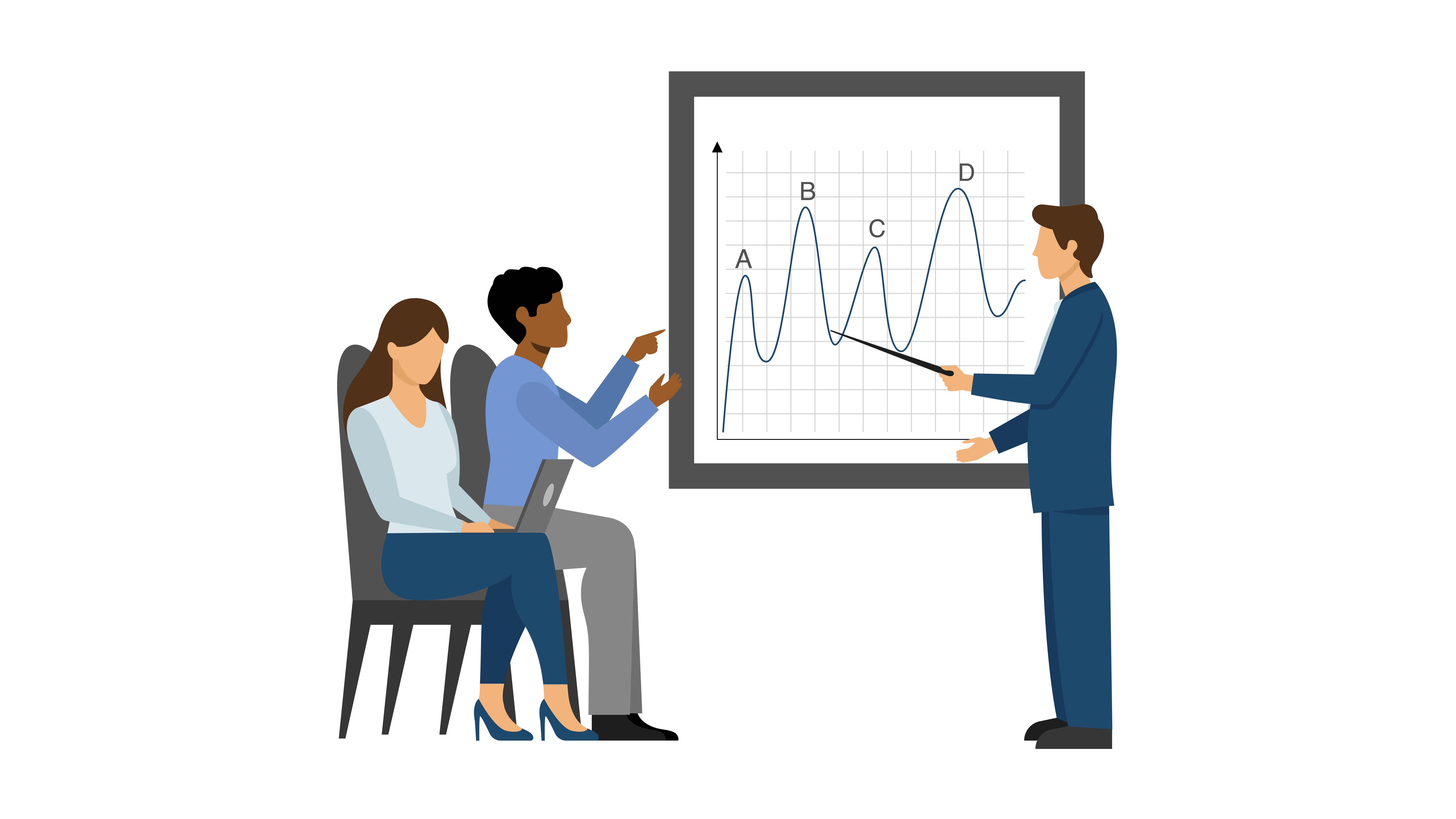All Categories
Featured
Modern businesses require a central location to store Customer Data Platforms (CDPs). This is a vital tool. These applications offer a more accurate and complete picture of the customer which can be used for targeted marketing and customized customer experiences. CDPs offer many features that include data management, data quality and data formatting. This helps customers comply regarding how their data is stored, used, and accessed. A CDP can help companies connect with customers and puts them at the forefront of their marketing campaigns. It also makes it possible to pull data from various APIs. This article will look at the different aspects of CDPs, and how they assist businesses.
cdp product
Understanding the concept of CDPs. A Customer data platform (CDP) is a piece of software that lets companies organize, store, and manage customer information from one central place. This provides a more precise and complete picture of the customer, which is used to create targeted marketing and personalized customer experiences.
-
Data Governance: A CDP's capacity to safeguard and manage the information that is incorporated is one of its main characteristic. This includes profiling, division , and cleaning of data that is incoming. This helps ensure compliance with data guidelines and policies.
-
Quality of Data: It is essential that CDPs ensure that data collected is of high quality. This includes making sure that the data is accurately recorded and is of the highest specifications for quality. This reduces the need for storage, transformation and cleaning.
-
Data Formatting is a CDP is also utilized to ensure that data follows a predefined format. This allows data types like dates to be linked to customer data, and also ensures an accurate and consistent entry of data. cdp customer data platform
-
Data Segmentation Data Segmentation: A CDP can also facilitate the segmentation of customer information to gain a better understanding of the different types of customers. This allows you to compare different groups to each other and obtain the right sample distribution.
-
Compliance A CDP can help organizations manage customer information in a regulated manner. It permits the defining of security policies, classification of data based on those policies, and even the detection of policy infractions when making decisions regarding marketing.
-
Platform Selection: There is a wide range of CDPs available, and it is essential to understand your requirements prior to choosing the best one. This is a must when considering features like privacy of data and the capability to pull data from different APIs. what is a cdp
-
The Customer at the Center The Customer at the Center CDP permits the integration of real-time, raw customer information, giving immediate access, accuracy, and unity that every marketing team requires to enhance their processes and get their customers involved.
-
Chat, Billing and More Chat, Billing and More CDP helps to find the context for great discussions, regardless of whether you're looking for billing or previous chats.
-
CMOs and CMOs and Data CMOs and Big Data: According to the CMO Council, 61% of CMOs believe they're not using big data effectively. The 360-degree view of customers that is provided by a CDP is a fantastic way to overcome this problem and enable better customer service and marketing.
With so lots of different kinds of marketing innovation out there each one generally with its own three-letter acronym you might question where CDPs originate from. Even though CDPs are among today's most popular marketing tools, they're not a totally originality. Instead, they're the newest step in the advancement of how online marketers handle customer information and customer relationships (Consumer Data Platform).

For the majority of marketers, the single greatest worth of a CDP is its capability to segment audiences. With the abilities of a CDP, online marketers can see how a single customer connects with their company's various brand names, and recognize opportunities for increased personalization and cross-selling. Naturally, there's a lot more to a CDP than segmentation.
Beyond audience division, there are three huge reasons why your business might want a CDP: suppression, customization, and insights. One of the most interesting things marketers can do with information is determine clients to not target. This is called suppression, and it belongs to delivering really customized customer journeys (Customer Data Support Platform). When a client's merged profile in your CDP includes their marketing and purchase data, you can reduce ads to customers who have actually already bought.

With a view of every consumer's marketing interactions linked to ecommerce information, site check outs, and more, everybody throughout marketing, sales, service, and all your other teams has the possibility to understand more about each customer and provide more customized, relevant engagement. CDPs can assist online marketers deal with the origin of much of their biggest day-to-day marketing issues (Cdp Analytics).
When your data is disconnected, it's harder to understand your consumers and develop significant connections with them. As the variety of information sources utilized by marketers continues to increase, it's more crucial than ever to have a CDP as a single source of truth to bring it all together.
An engagement CDP utilizes client data to power real-time personalization and engagement for consumers on digital platforms, such as websites and mobile apps. Insights CDPs and engagement CDPs comprise the majority of the CDP market today. Extremely few CDPs include both of these functions equally. To select a CDP, your company's stakeholders ought to consider whether an insights CDP or an engagement CDP would be best for your needs, and research the couple of CDP choices that include both. What is Customer Data Platform.
Redpoint GlobalLatest Posts
The Role of CDPs in Streamlining Marketing Operations.
The Role of CDPs in Streamlining Marketing Operations.
CDPs and the Importance of Data Governance for CMOs